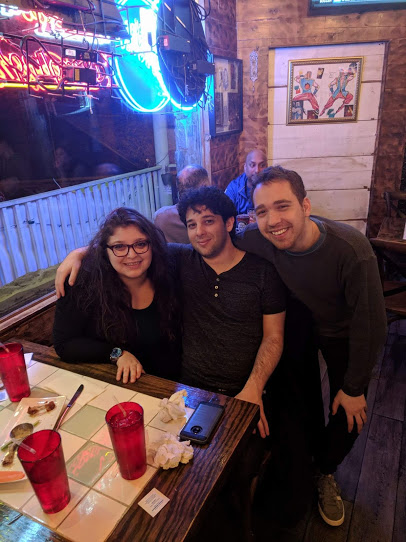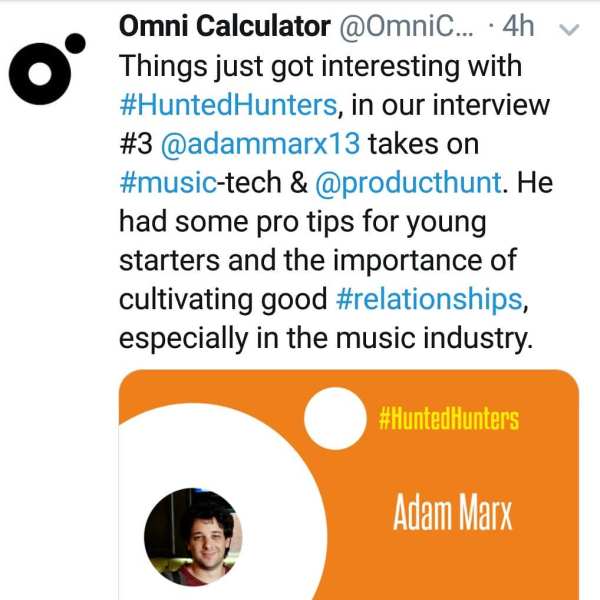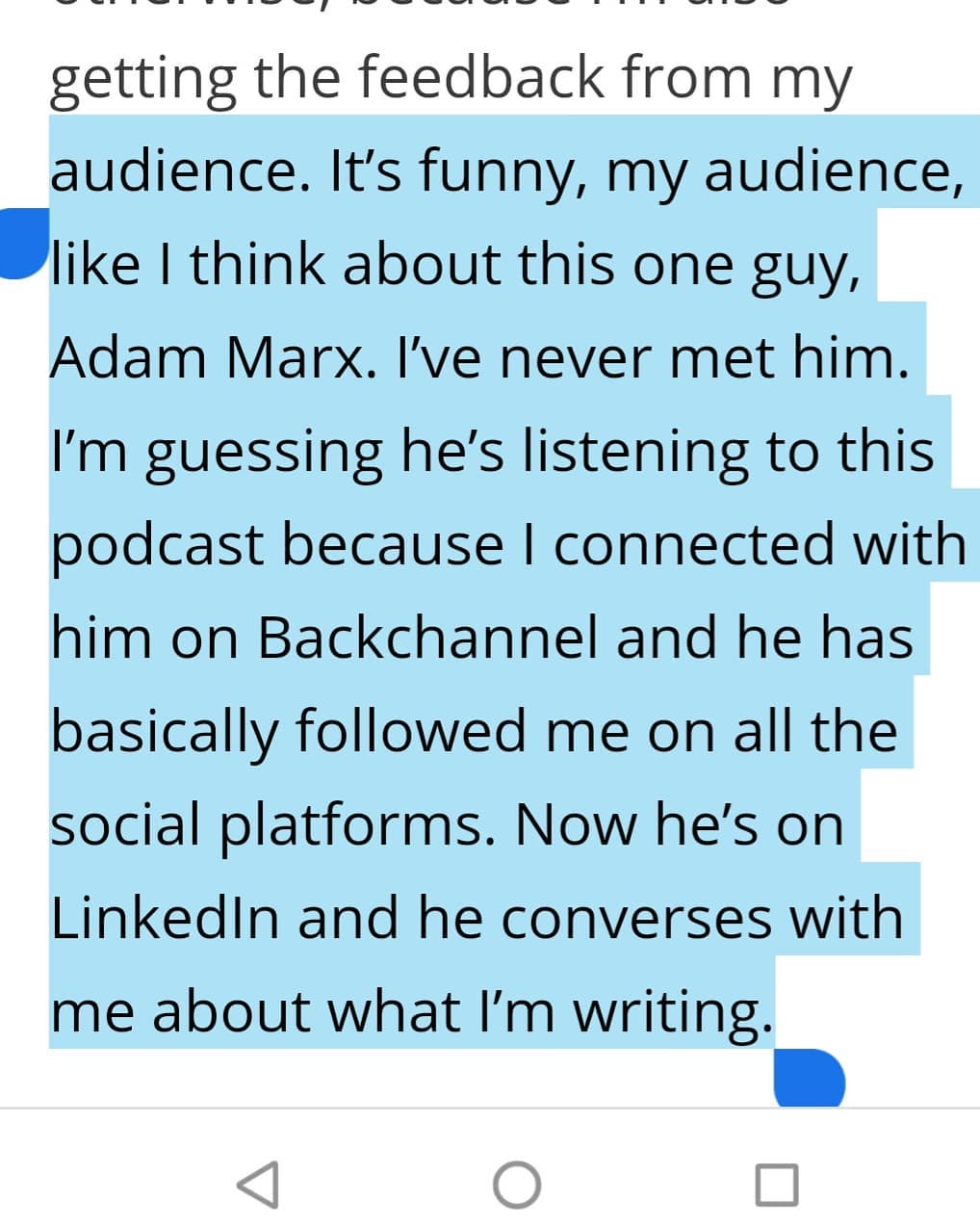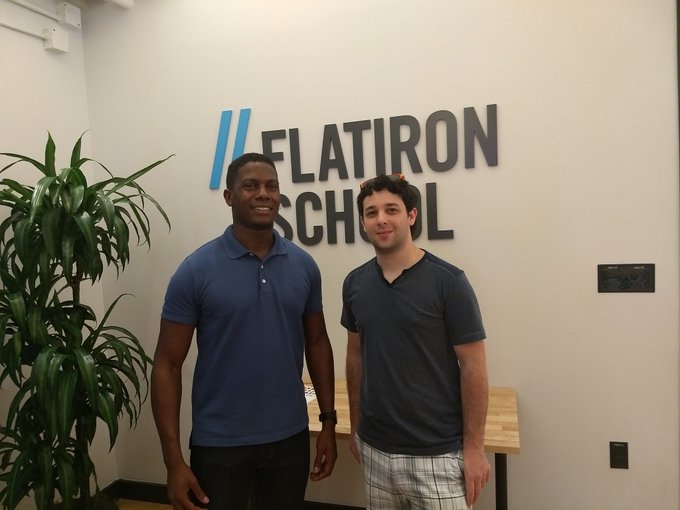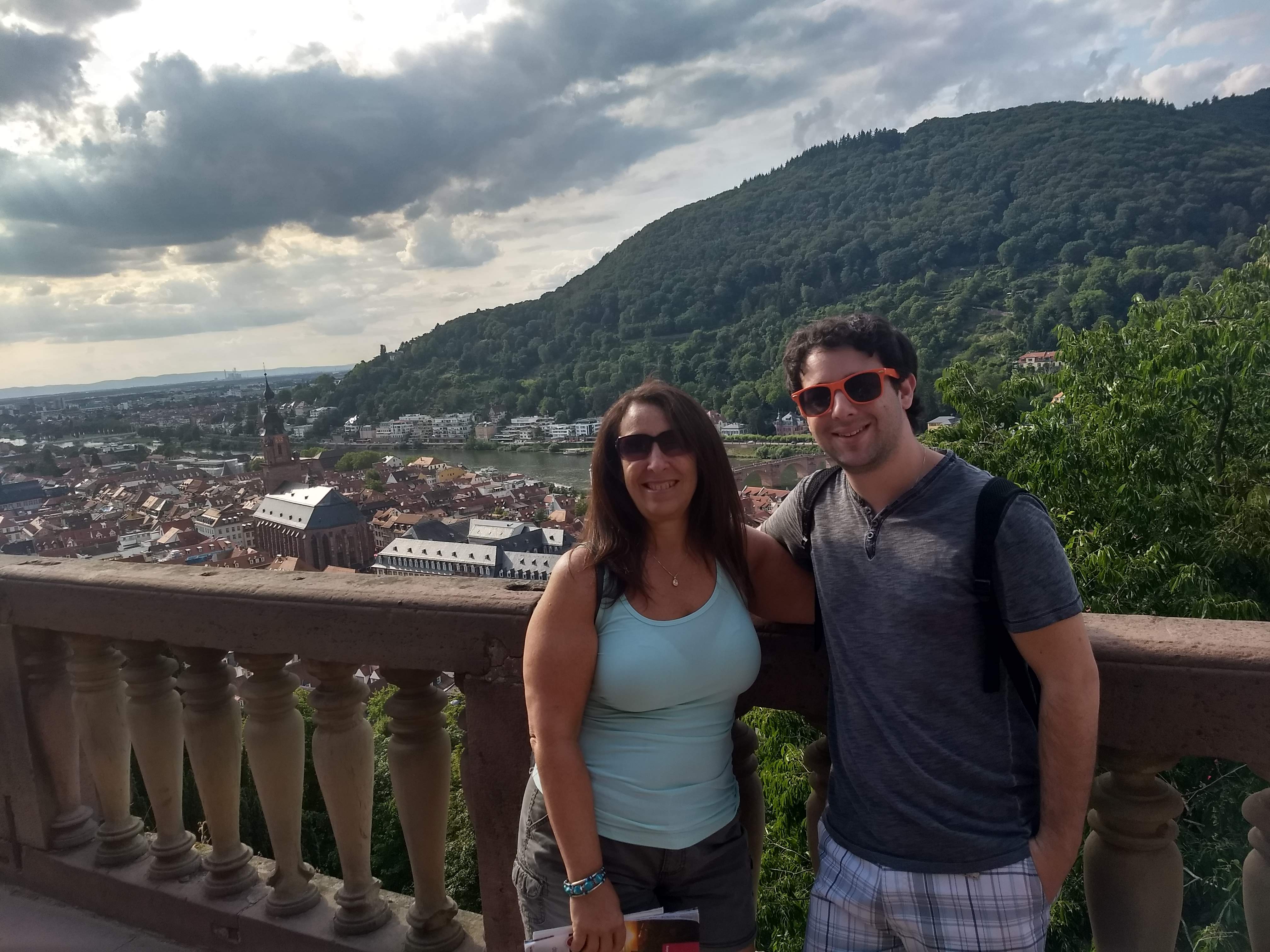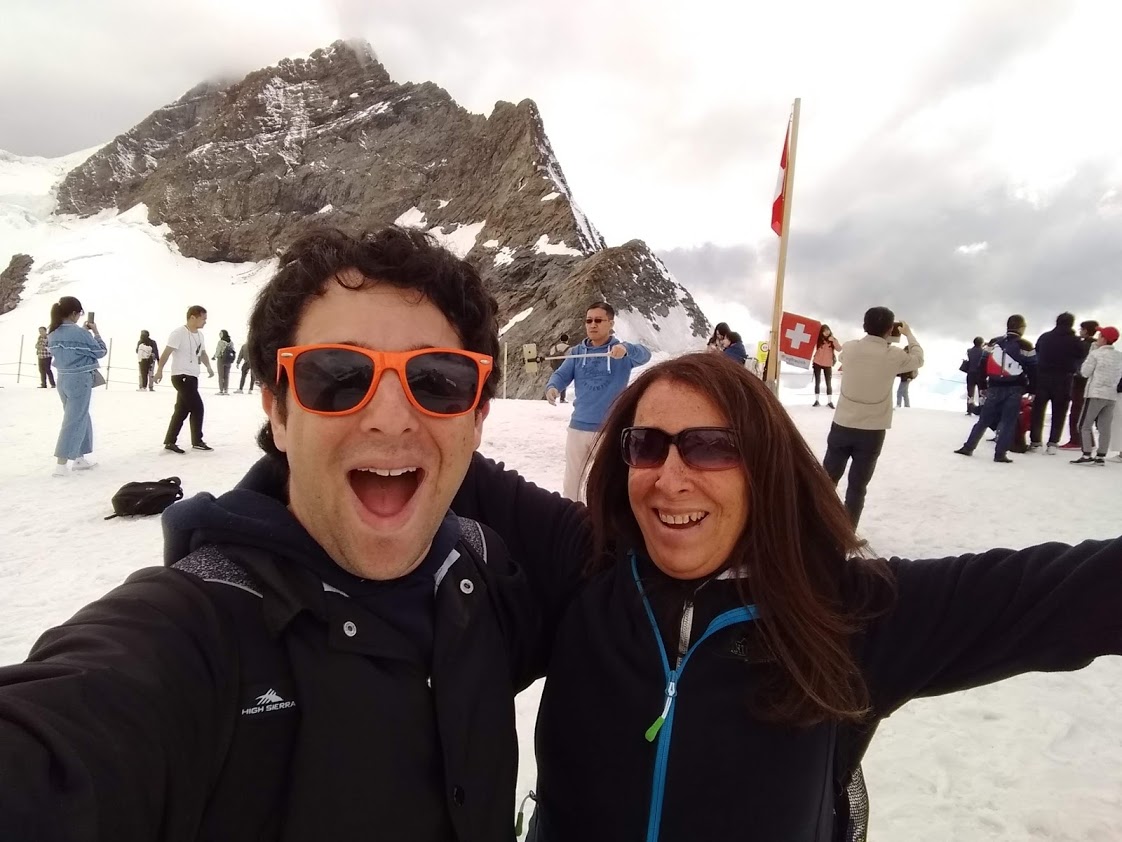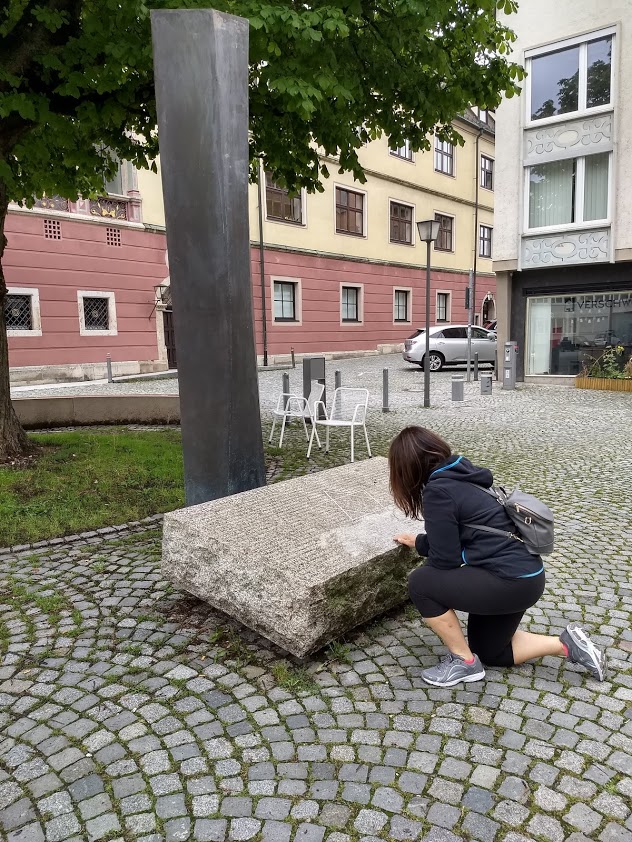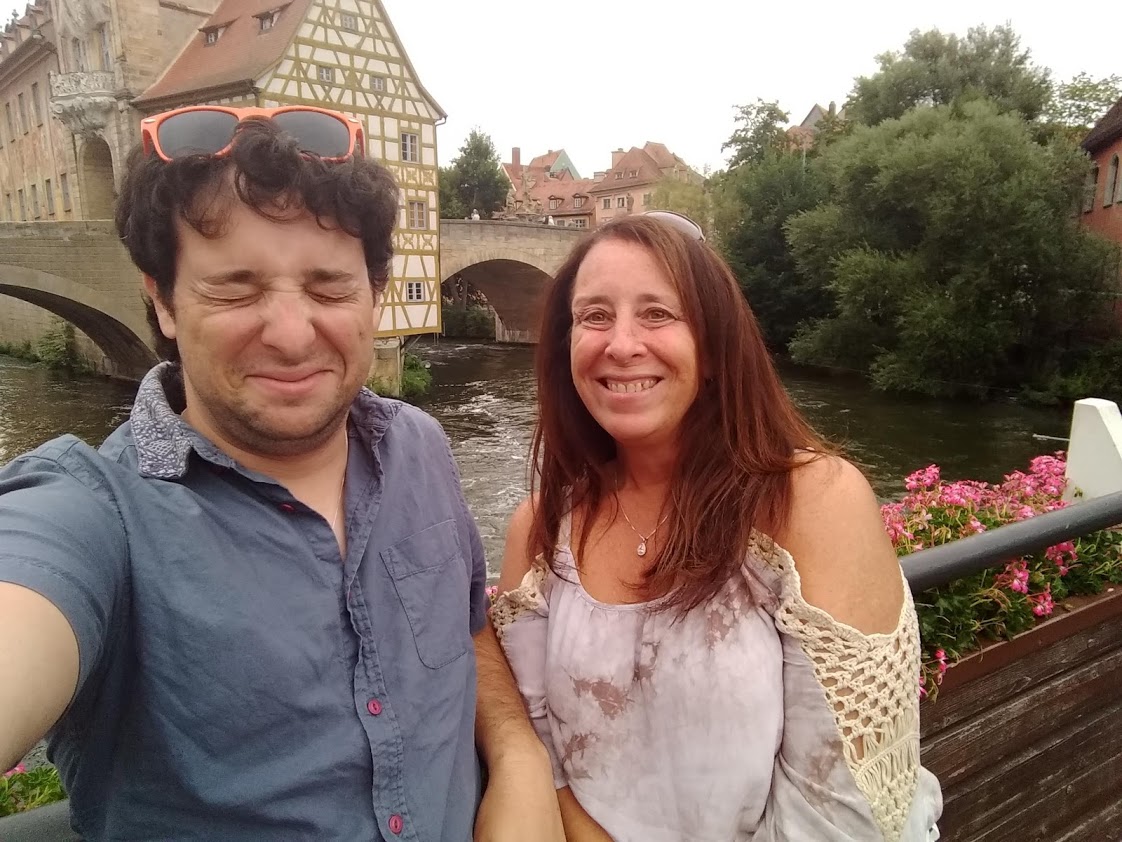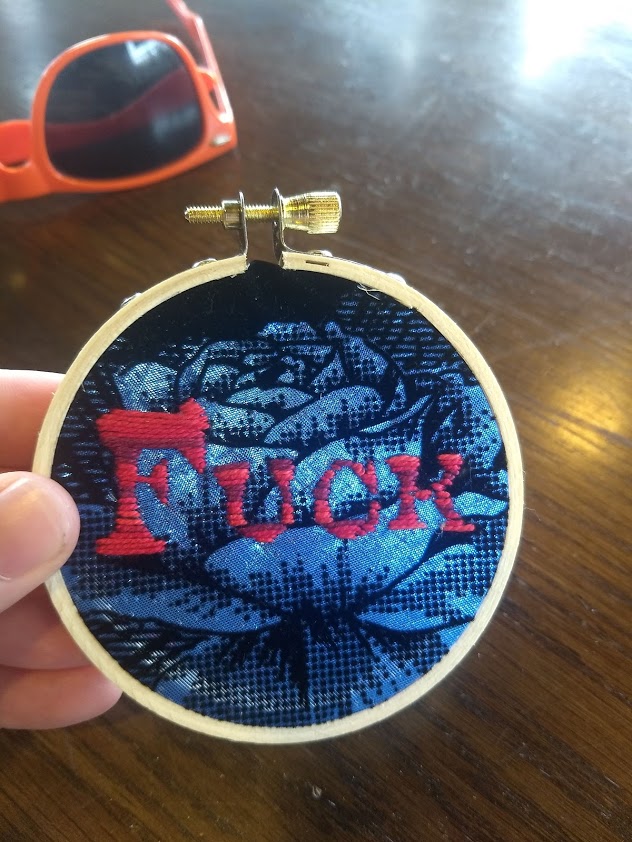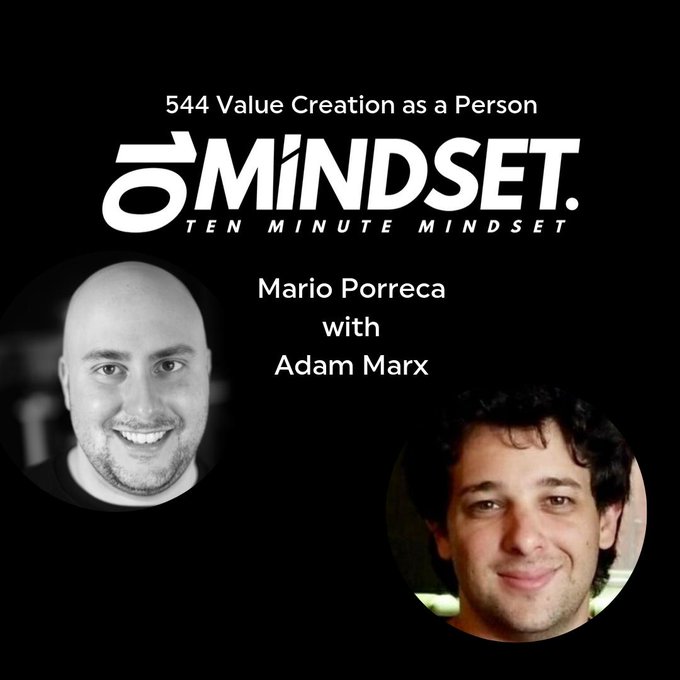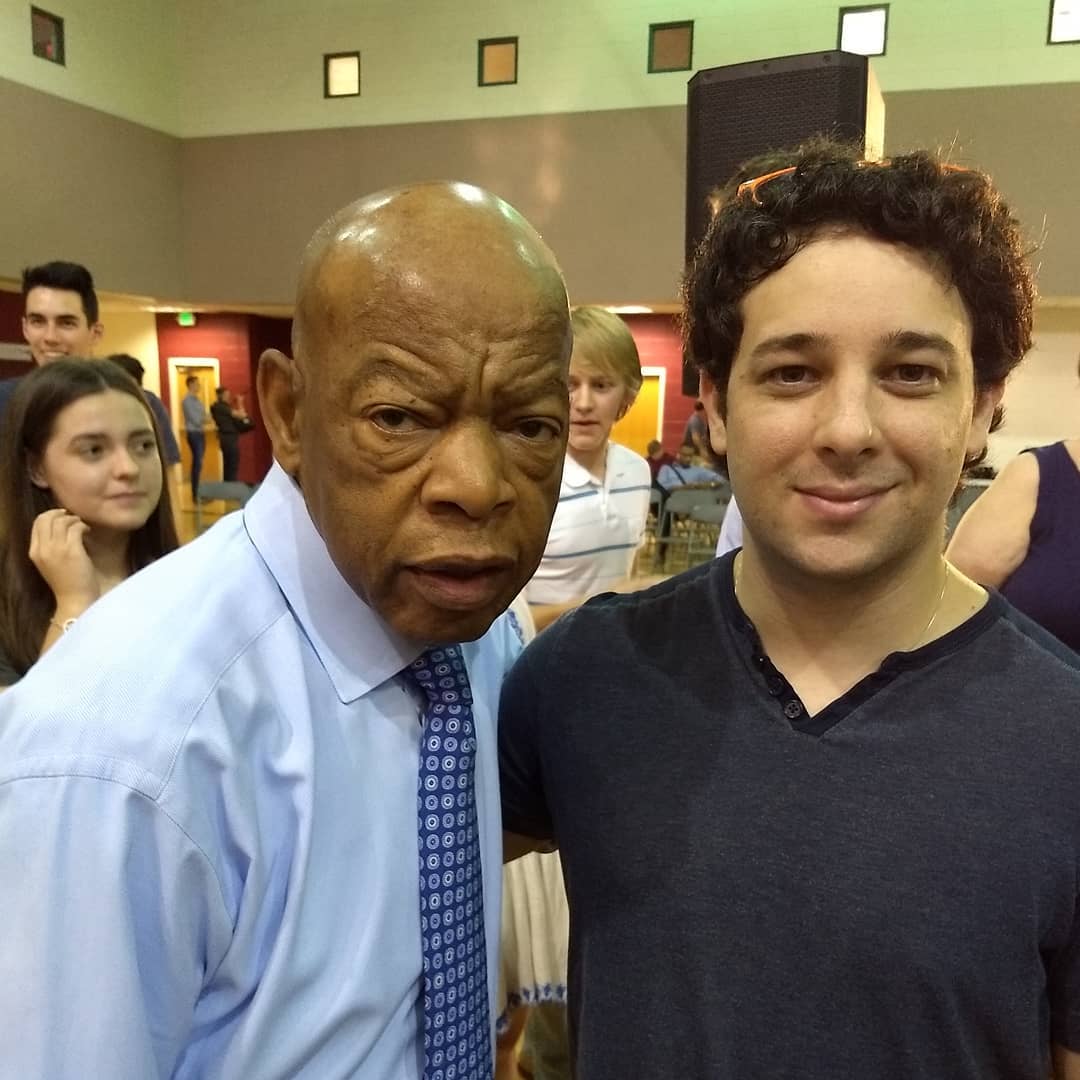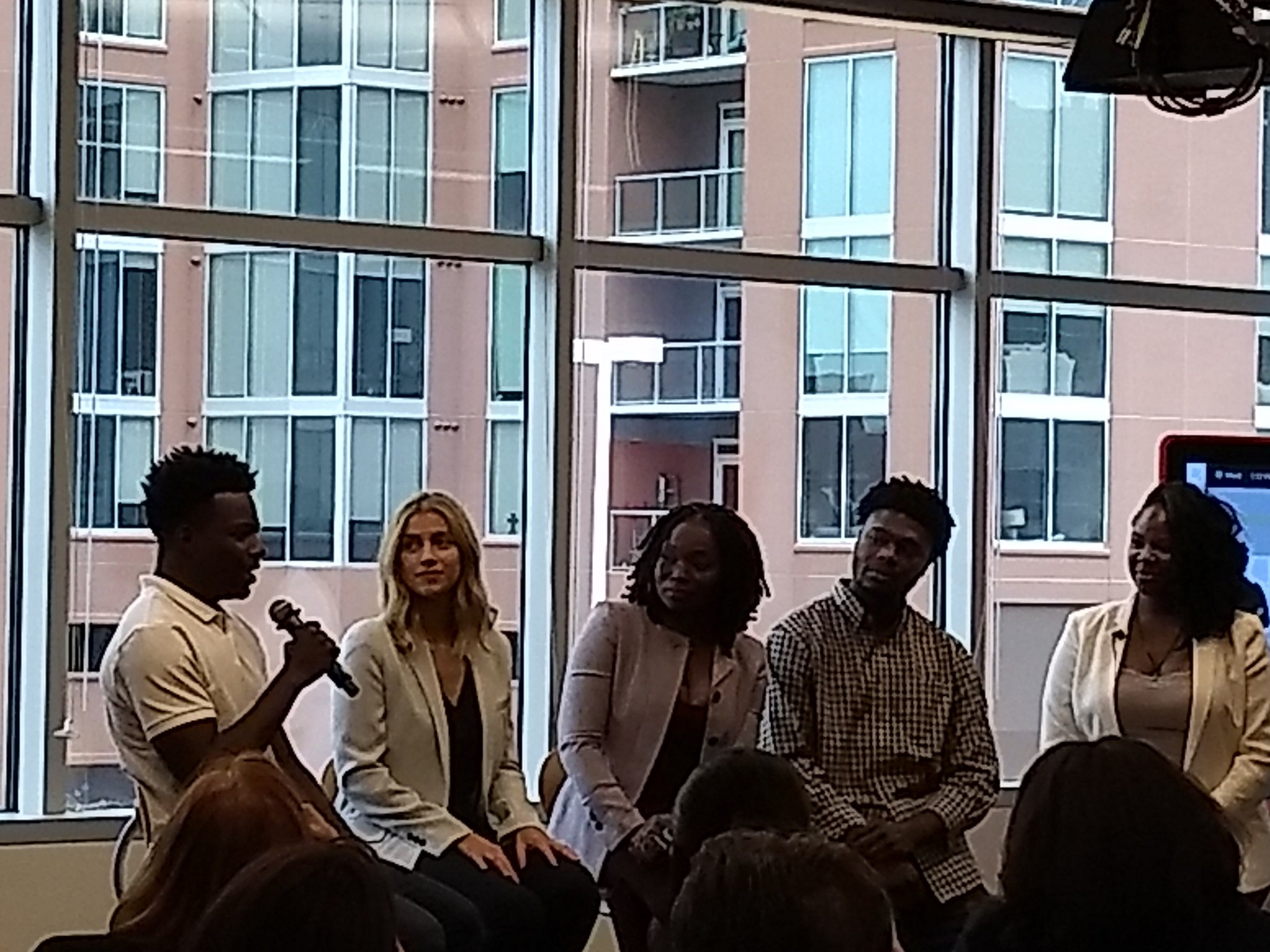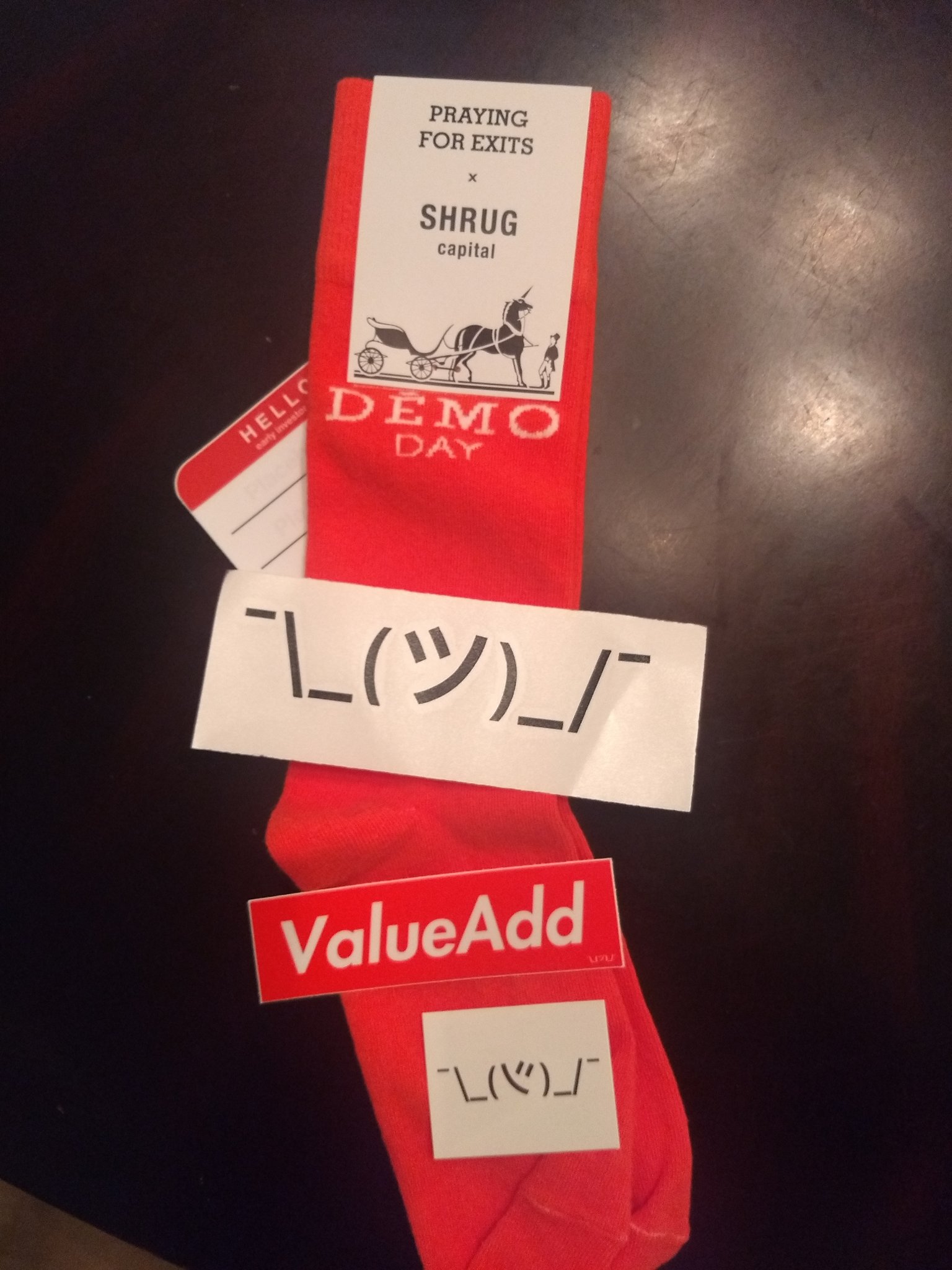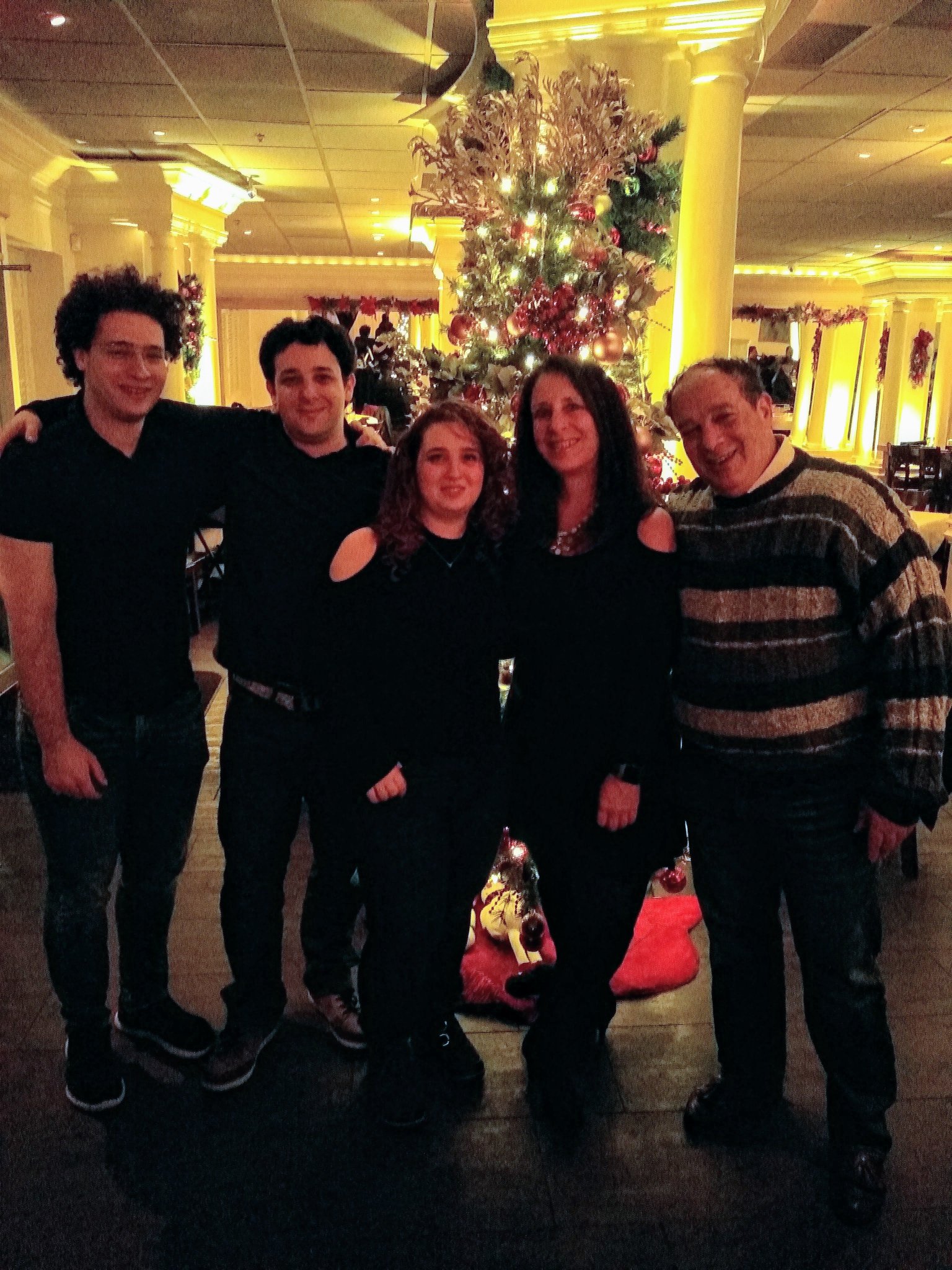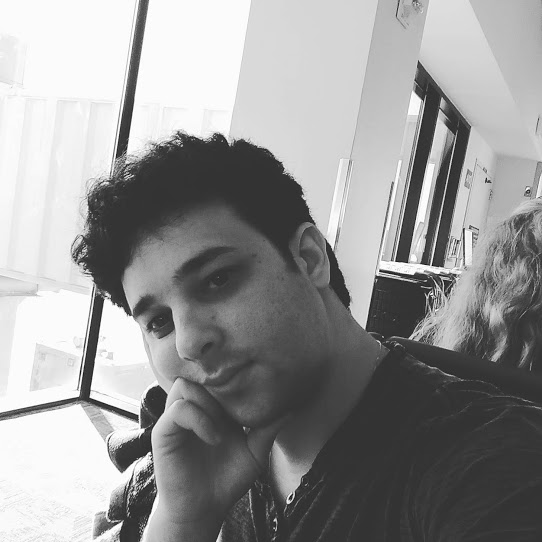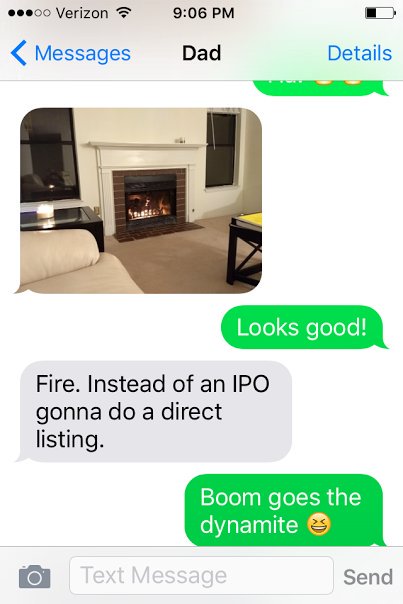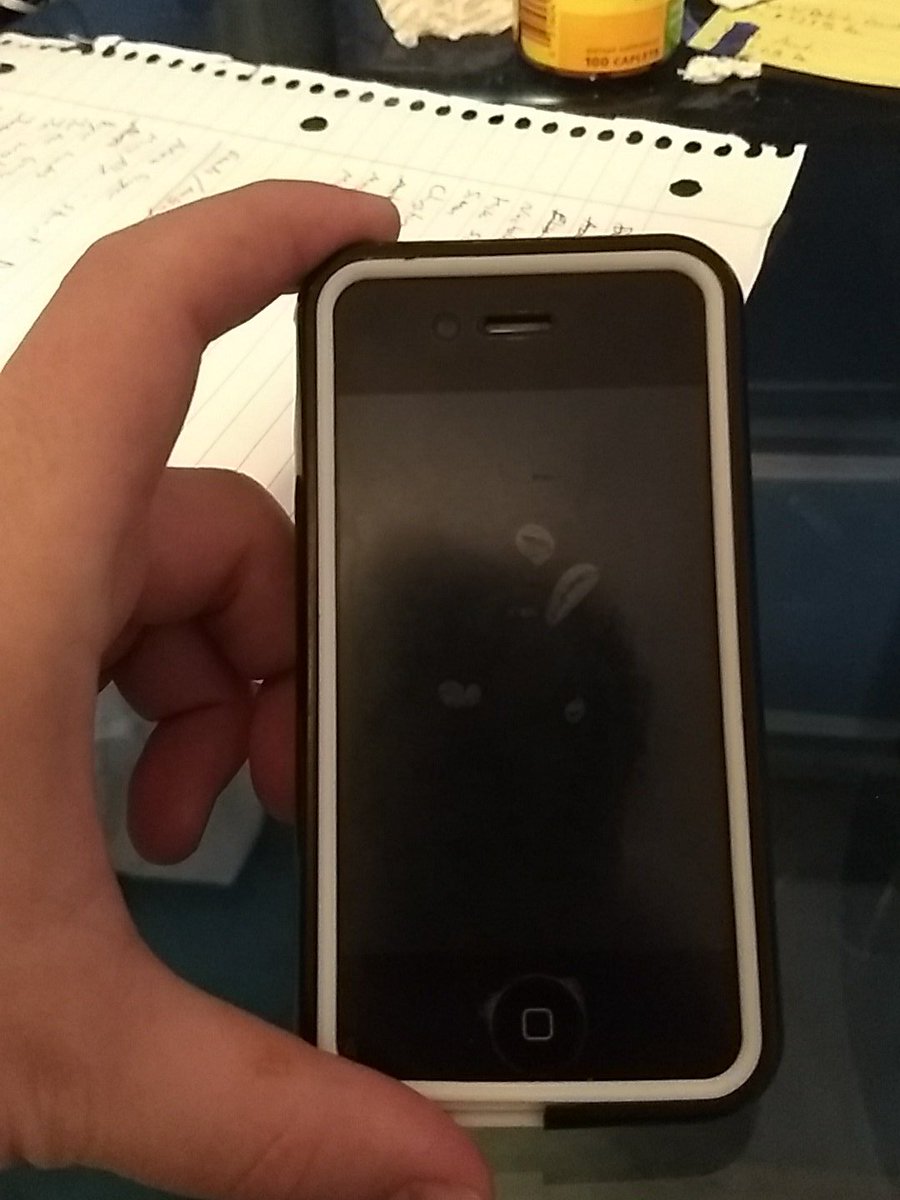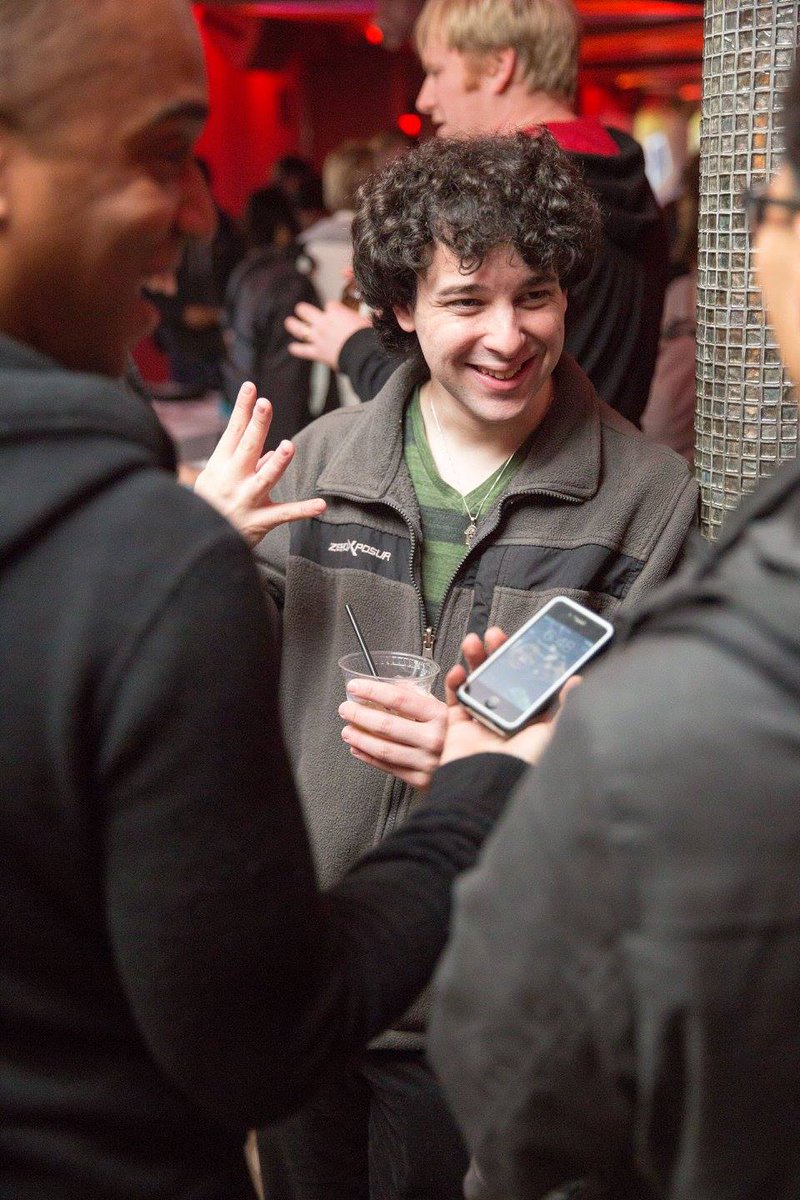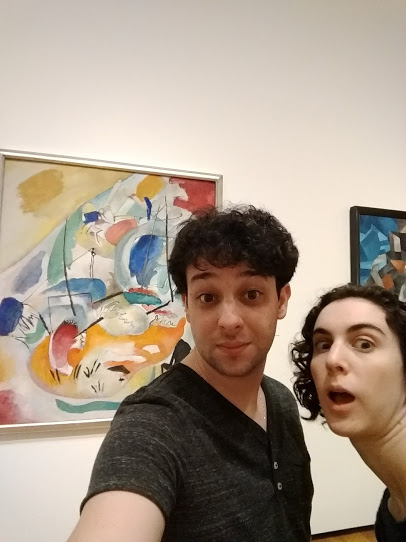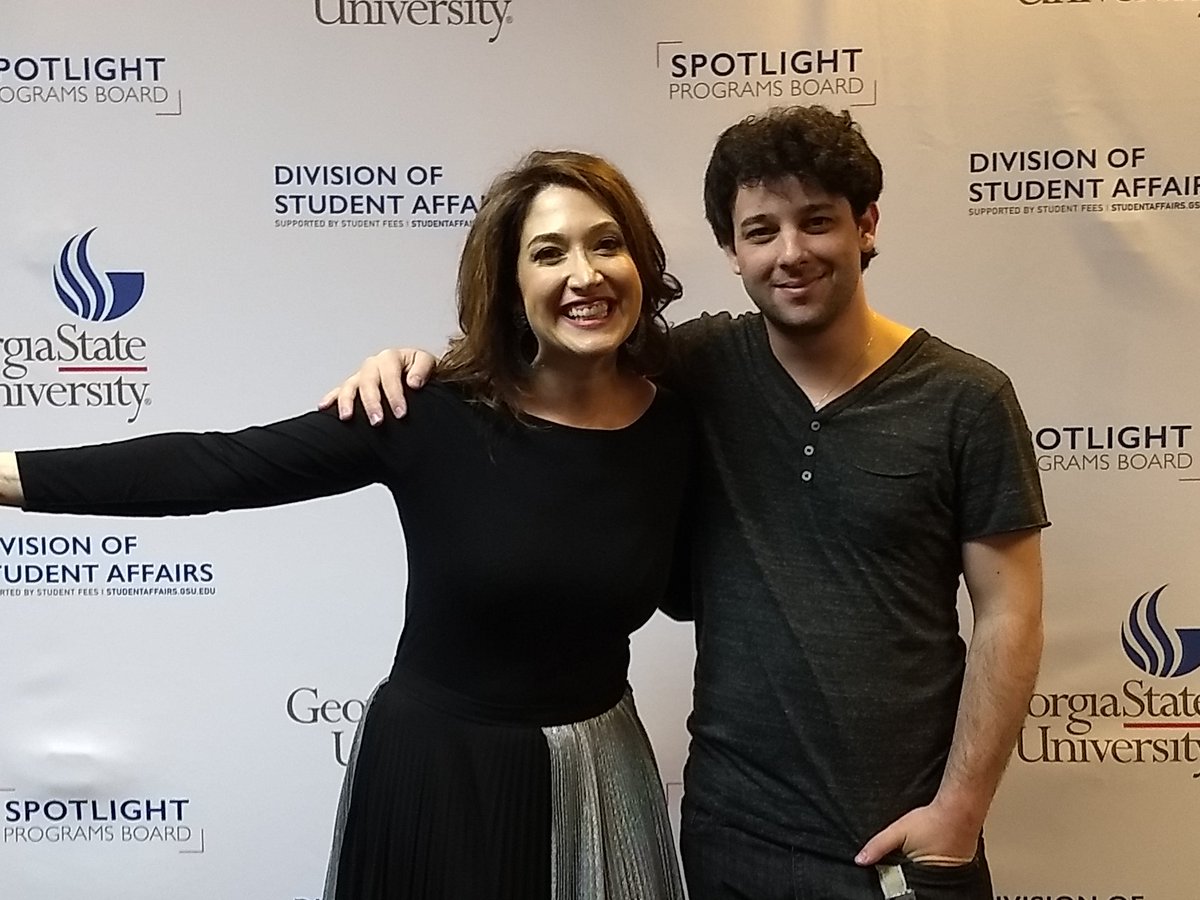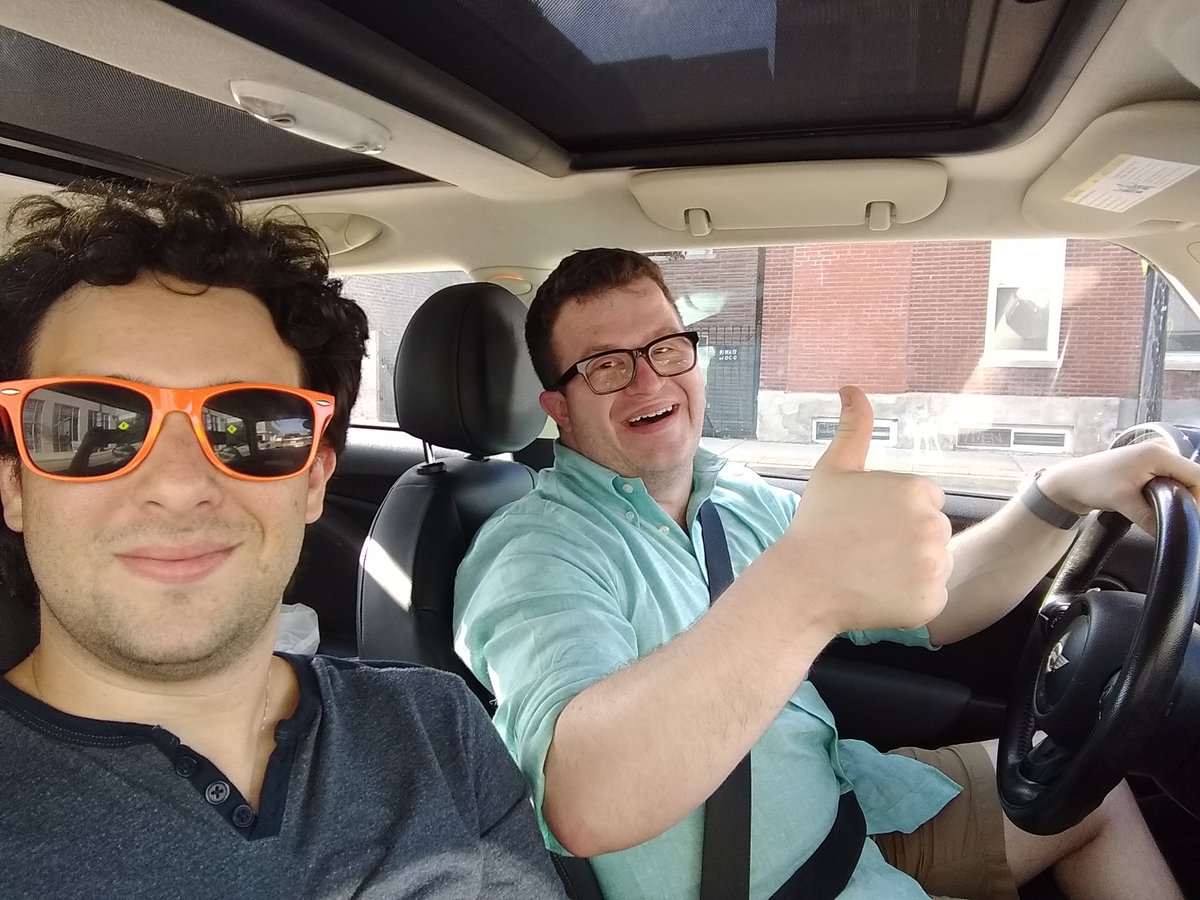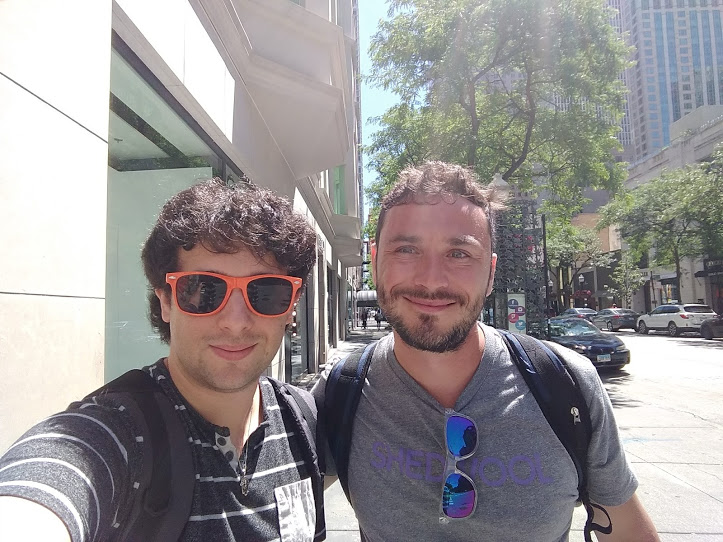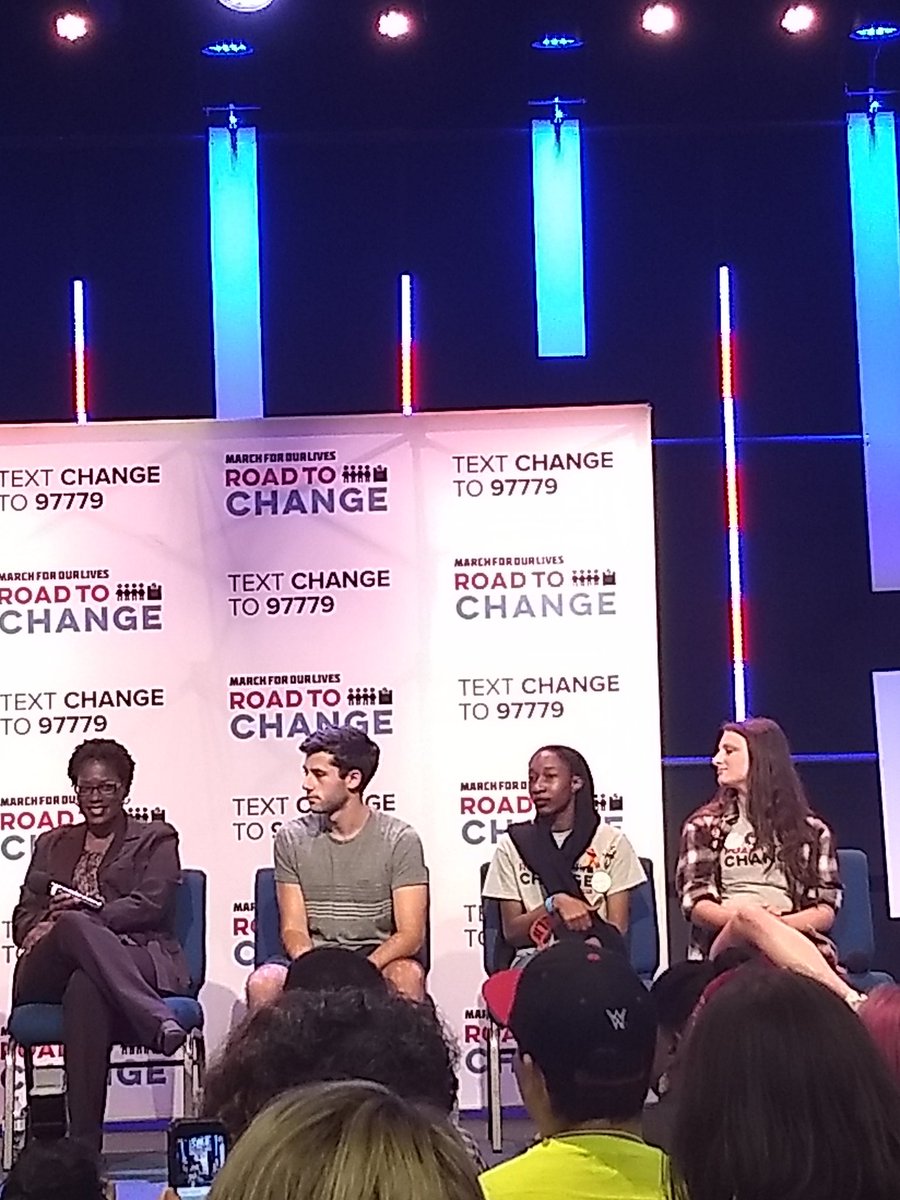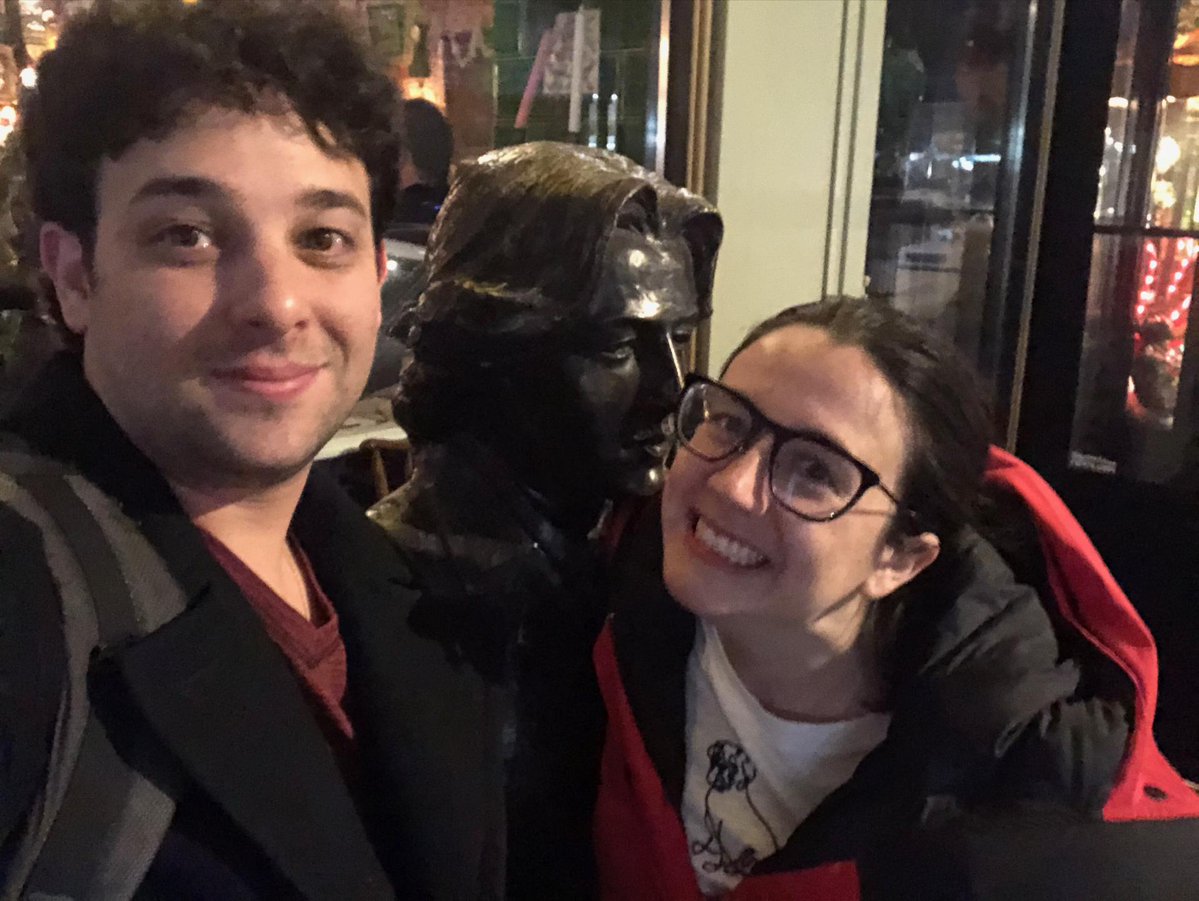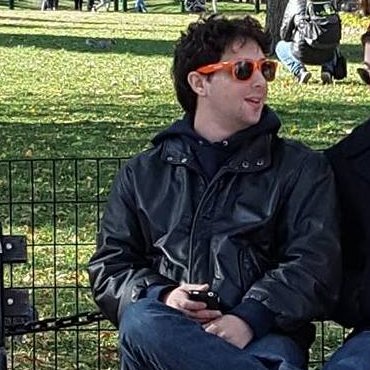How I Got 1.6 Million Views by Following My Instincts 📈

Accidental Virality & a Little Experiment
In spring of this year, I was scrolling back through some of my LinkedIn posts and was floored to see that one of my posts had gone viral. Without me even realizing!
It was something I’d put up about a month prior just to get my daily quota filled (I try to post every day for consistency) and I hadn’t thought much about it afterwards.
It ended up doing more than 50K views. 😱⚡
I read and reread that post over the course of the week, trying to figure out what in the hell it was that had caused it to go so crazy. Was it the content? The formatting? The emojis (don’t laugh, those things matter!) or the hashtags?
🤔 Working over the next week, I tried a variety of things to understand what had keyed into the LinkedIn algorithm so acutely. After a few days, I began to wonder if it was something else—something which LinkedIn power-users cautioned against. So I figured why not try that and see.
I went viral again. 📈
And again. 📈📈
And again. 📈📈📈
20K, 40K, 80K, 190K views started popping up in my feed. At one point, I even did half a million views on one post!
This actually wasn’t my first time going viral on LinkedIn. But it was the first time I was doing so consistently. This time it was serious.

I racked up well over a million views over a spread of just 10-15 posts. 😯
I started to track my thesis in a spreadsheet.
Over the few months that I consistently ran the experiment, I went viral about a third of the time—I was going viral at least 2-3 times a week over a ten-week span.
It got to the point where if I didn’t go viral, it was a little uncommon and I felt that tomorrow I’d just make it up by going viral then.
So what was the secret to all this insane virality?
Hold your breath, because LinkedIn power-users are about to lose their shit here…
☝️ Sharing.
The LinkedIn “Rule” I Ignored to Go Viral (Again and Again)
I ignored one of the “rules” of the LinkedIn algorithm and just went with my natural instincts.
During the time I ran my little experiment, I started sharing…a lot.
A lot more than I already had been.
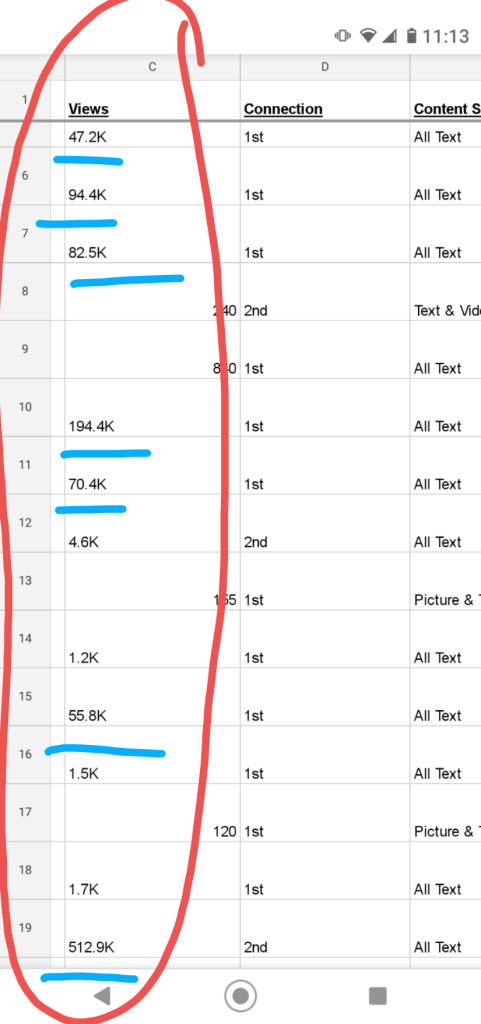
Here’s why this is such a drastic statement:
Because lots of LinkedIn power-users often share tips for how to do better on LinkedIn; a lot of which have become gospel because of how the algorithm reacts—how it changes, and how it doesn’t change…
Core tactics like:
- Text content is king.
- Write up to the content limit.
- Canoe-tagging is okay, even encouraged.
- Answer every damn comment.
And towards the bottom of the pecking-order?
Share. 📈📉
Or rather, don’t share, because the algorithm (supposedly) dings you for it.

I always saw sharing listed at the very bottom, the thinking being that the algorithm smacks you for not creating your own content and suppresses your reach. (Probably a reasonable theory, but as I said, algorithms get tweaked sometimes).
And yet, that post that racked up 50K views? The one I’d just pushed out without thinking about it?
It was a share.
I just went through it, found a few points I connected with, tried to articulate how I thought about them, and shared her post into my network.
Then it spread like wildfire. 🔥

Why Sharing Works So Well
🙌 Sharing is one of my favorite strategies because it’s a great way to simultaneously learn and build great relationships with the people who are creating the material you connect with.
Here’s why sharing doesn’t work for a lot of people: they’re not patient and they don’t give credit!
It’s not just sharing though; it’s sharing the right way, a key factor which I see trip people up all the time.
This is such an avoidable pitfall that it just baffles me why I continue to see this. I always give credit at the top of the post. This is key; never take credit for what isn’t yours. That kills a reputation and potential relationship before they even start.
But there is a way to successfully “piggyback” on someone else’s content without looking like a tool. In fact, I wrote all about it here. The key is, as always, humility, authenticity, & due credit.
This is precisely what I teach people how to do as the #ZeroToOneNetworker. 😉🚀

So when it took off, it made me wonder why anyone would ever recommend against sharing on LinkedIn. Perhaps the algorithm did penalize you a little bit, but here’s my thinking:
1) We never know for sure
2) Sharing is a great way of pushing out new, high-quality content, &
3) It’s probably the best way I’ve found to build an amazing network.
Breaking 1.6 Million Views (Fairly Effortlessly)
In fact, it’s pretty much precisely how I built my tech network on Twitter, and how I built my network in the music business before that. People who follow me know that 75-80% of everything I tweet or put out is in support of someone else. Either a company I dig, a mission I believe in, or someone who I absolutely wanna see grow and succeed.
So I just started to adapt my Twitter strategy to LinkedIn and see if emulating it yielded any different results.
Now I’ll stop here and say that I don’t know if this is a “surefire” way to still go viral on LinkedIn.
In fact, I don’t think there is a “surefire” way.
Some of my posts did 100K views. Others didn’t even break 100. There was never a guarantee.
But it did make me reexamine the question that so many people ask (and now, amazingly, ask me) of: How do I go viral?
That’s not the right question.
The right question is: How do I build a magnetic reputation and a deep bench of allies in a concrete network?
Answer: You do it through sharing and supporting others in the right way. 👏💫 This is what I love teaching other people how to do because once you start doing it, your network takes off like a rocket. 🚀

That’s why the share tactic worked for me. Because it was something I could easily emulate from my Twitter strategy (which had also worked for me), something which people associated with my brand, and something that I could easily tweak if need be.
Perhaps, though, the most important part of the strategy (for me, anyway) is that it allowed me to sidle close to the people whom I want(ed) to learn from in a way that was neither fanboy-ish nor self-centered. It was a way to indicate that I appreciated someone else’s mission, accomplishments, company, or character without actually having to say so. Sometimes the subtle signals are the most effective.
In the end, my “share” posts went viral about one third of the time. Not bad at all.
But the really amazing thing is that I ended up doing well over 1.6 MILLION post views from when I started the experiment.
Even more intriguing to me, though, is that I still continue to see many of my LinkedIn friends continue to suggest not sharing because the algorithm dings you on it. And I absolutely understand this; their suggestions come from a place of not wanting their followers’ content to be stifled by the algorithm. So the advice does come from a good place.
But for me, that’s the exact opposite of what I found that really started to work for me. And perhaps most importantly, it’s antithetical to what worked for me elsewhere and what ultimately defines my brand as the 🚀 #ZeroToOneNetworker. Because when people 😎#LookForTheOrangeSunglasses, they know that the content won’t only be my own thoughts, but tips, experiences, & stories from other people in my network whom I also learn from.
Maybe that’s the reason that my sharing worked in the first place; because so many people are not doing it consistently. Daring to do something different—even by accident—is a great way to set yourself apart and make your content more unique.
Maybe it makes me a little different than the other LinkedIn power-users out there, but I’ll double-down and say it:
If you wanna grow your network and content, then share.
And if you really wanna grow your network, then message me and book some time with me so we can figure out how to supercharge your networking chops! ⚡💸
Share positively and consistently; always try to add something valuable and always, always give credit.
After all, I didn’t have anything to lose—do you? 😉
Follow me on Twitter and LinkedIn at @adammarx13 and @Zero2OneNetwork.
And continue to 😎 #LookForTheorangeSunglasses!







